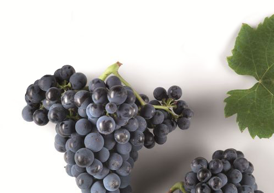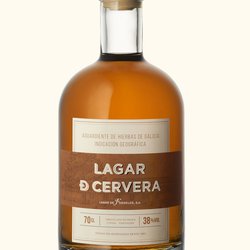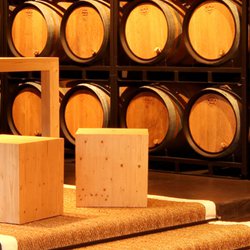
Pure Galician magic
Aguardiente de Hierbas Lagar de Cervera
In addition to providing us with extraordinary wines, our very own Albariño variety has helped us to keep alive a time-honoured local tradition: since the early 1990s, we produce aguardiente de hierbas (pomace spirit) made by macerating freshly distilled white pomace with indigenous herbs from the O Rosal Valley (Rías Baixas) in our handcrafted copper pot stills.
We have one of the best Albariño vineyards in Rías Baixas and inGalicia. More than 70 hectares of land in this privileged wine-growing area, which we look after throughout the year, producing top quality grapes, with freshness and acidity resulting in wines with floral aromas, very delicate flavours and outstanding balance. These characteristics also stand out in the resulting pomace (grape skins), which we carefully select after each vinification to make this Aguardiente de Hierbas.
Applying the traditional method, our six pot stills are used for the double distillation and heated very slowly over an open fire. The
'heads' and 'tails' are discarded in this process and only the 'heart' pomace is selected, which is perfect for this extraordinarily fine and smooth spirit. After macerating it for a month with a selection of nine aromatic herbs from the lush O Rosal valley, we age it for a year in American oak barrels. The final result: a perfect blend combining the finesse of white orujo spirit, the aroma of the herbs and the spicy notes of the oak.
Our Aguardiente de Hierbas has a bright golden colour. The nose is expressive and rich with aromas of ripe fruit, mountain grasses,
flowers, dried herbs and nuts. The palate is balanced, elegant, long, balsamic and savoury. Its finesse, aroma and explosive character will seduce lovers of this spirit, transporting us to this magical Galician setting.


























